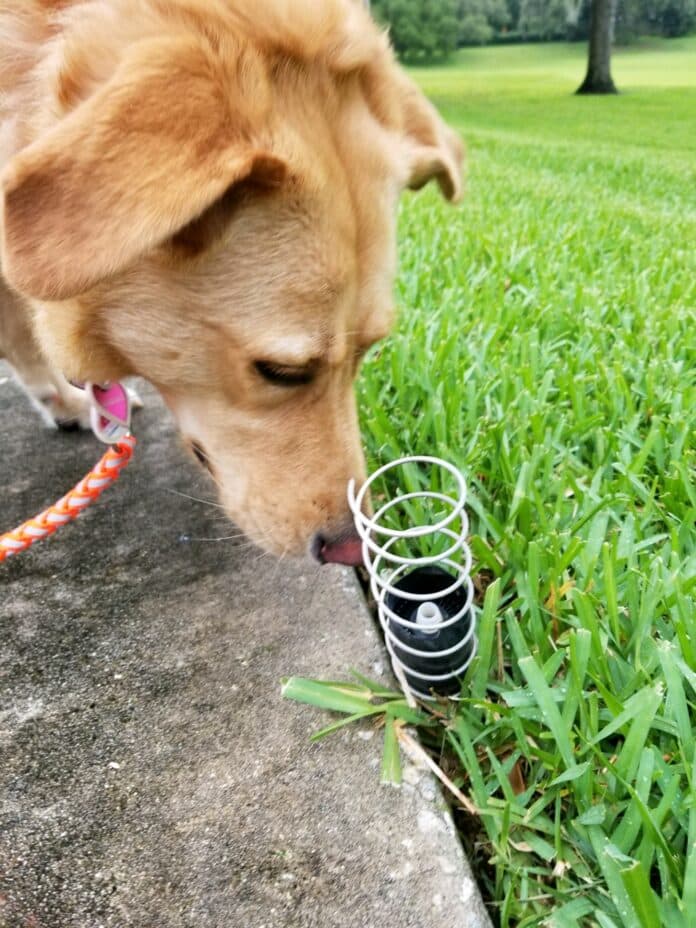Warmer weather is arriving. For those homeowners who have an in-ground irrigation system, now is the perfect time to inspect for any problems. Irrigation systems are made up of many different components. The controller is usually located within your garage. These controllers are user-friendly, and the industry websites have plenty of information on how to program them. Some clocks may have a 9V battery. If it does, make sure to replace it at least once every year.
Attached to the controller is the rain sensor or a rain shutoff device. The rain sensor is located on the eaves of your house. Rain sensors and similar components help in conserving water. Florida law requires that new automatic systems must have one of these devices installed. It is very easy to check and see if they are working. Place three to five small cans out in your yard on a rainy day. Empty tuna cans work great. Wait for the cans to accumulate ½” of water. Set your rain sensor at ½” and then try to turn on your system manually. If it does not, then it is working. If it does, you may have to replace it. This can be a do-it-yourself job, or you may also contact an irrigation professional in the area to do it for you. Newer models also come in a wireless version. Rain sensors typically do not have a long life expectancy, so make sure to inspect every year.
If you have an irrigation system, I hope you know where your valve boxes are. These are usually green and can be found either in your turf or landscape beds. In these green boxes, you will find your irrigation valves. If you do not know where they are, I would highly recommend that you find out as soon as possible. You do not want to be in a situation where a valve breaks, wire corrodes, or a gasket goes bad and you do not know where your valve box is. There can be as many as two to three in an average yard. Irrigation professionals will have the equipment needed to locate the box for you.
Lastly, check the water distributing components. I am referring to the rotors or spray heads. This is where I find the most problems. Broken risers, pipes and clogged filters are common. It is also common to see irrigation heads watering more sidewalks or driveways than plants. In these cases, a simple hand adjustment may work.
Inspecting your irrigation system on a monthly basis can help prevent future problems and may also conserve water. For more information on irrigation and how to calibrate your system, visit http://gardeningsolutions.ifas.ufl.edu/care/irrigation/calibrating-your-irrigation-system.html

